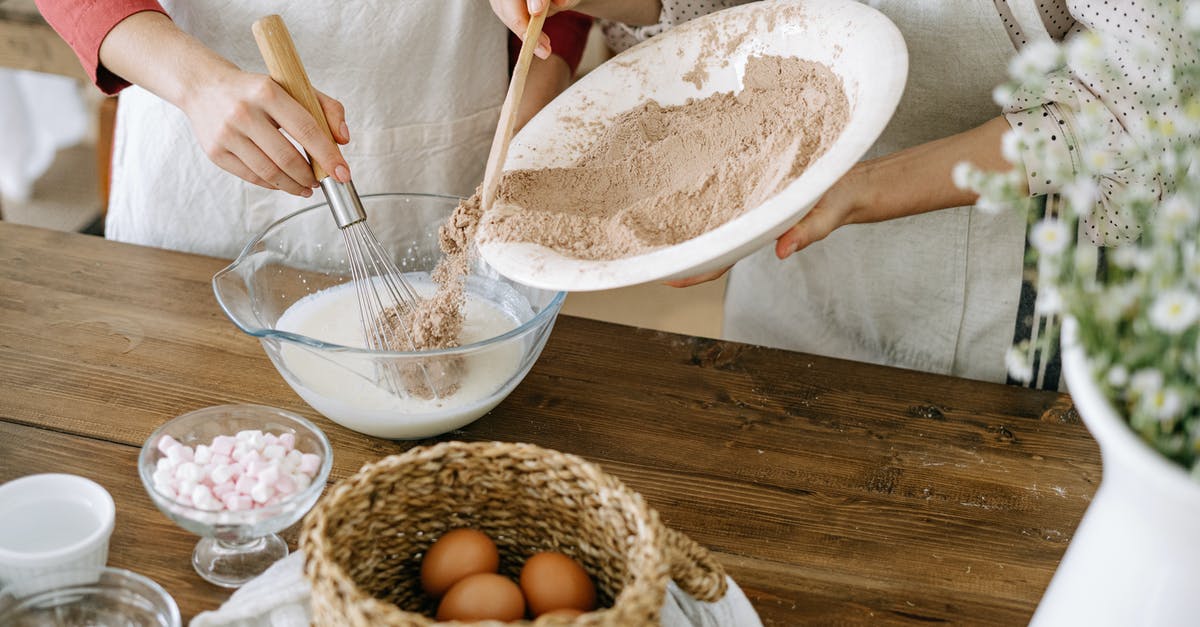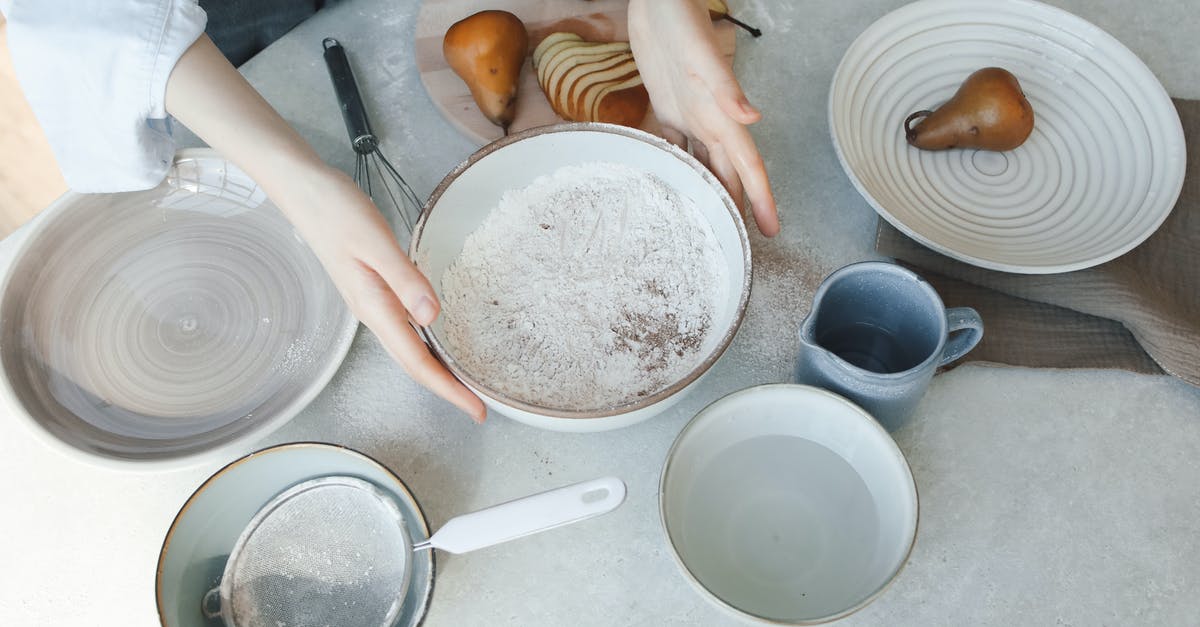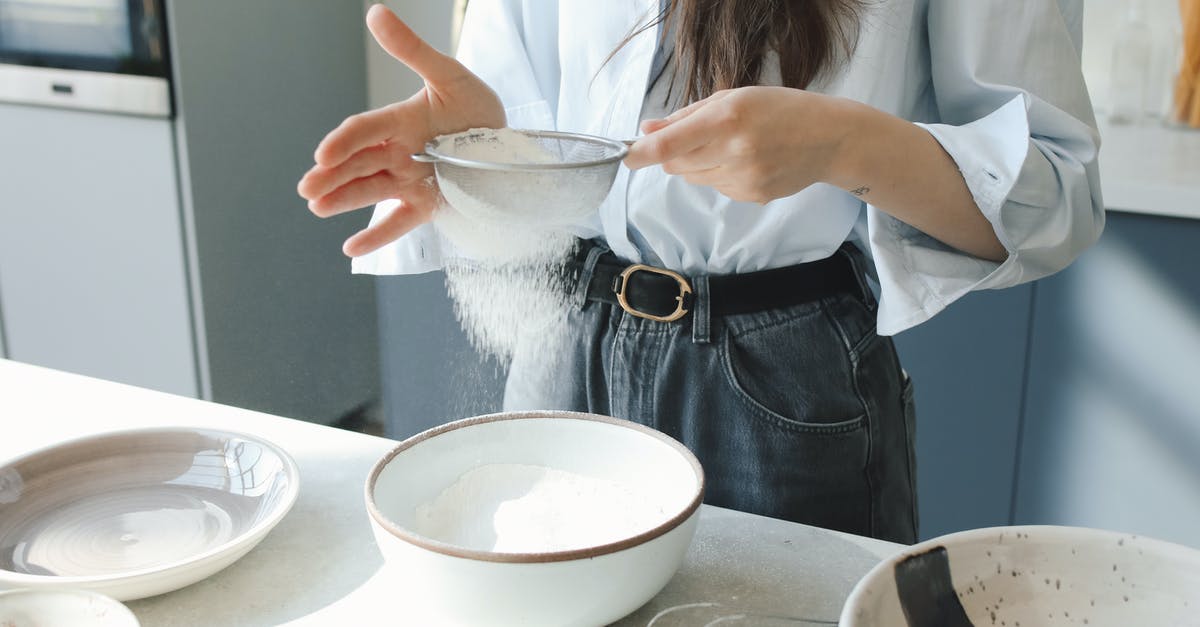Why pre-mix baking soda into 2 tsp of milk?

I am not much of a cook, but about this time every year, I pull out a favorite family recipe for cookies. My grandmother made these cookies for me when I was a child, and when I got older she wrote their recipe down for me.
There is one aspect of the recipe that I have never understood: it has me mix 2 tsp of baking soda into 2 tsp of milk.
All the other dry ingredients (flour, sugar, baking powder, salt, etc.) get mixed together separate from the wet stuff. But the baking soda? No: it has to be added to the milk to form a tiny little bit of wet paste, and then somehow I'm supposed to alternate between adding the flour mixture and this tiny little bit of soda+milk paste into the wet mixture. I cannot understand how such a tiny little bit of wet paste could possibly get evenly distributed throughout the batter mixture, using this method.
My usual approach is to ignore that part of the recipe, and just mix the baking soda with the dry components, and the milk with the wet components. [EDIT: or sometimes, I make the paste as described, then add that to the wet.] There doesn't seem to be any negative results from violating this instruction, and yet I am haunted every year by this non-understood detail of the recipe.
Can I buy a clue? My grandmother is no longer around to ask. :(
[EDIT] After reading the answers so far, I'm reasonably convinced that the purpose of pre-mixing the baking soda (base) into milk (very slightly acid) is to increase the amount of leavening that occurs. These cookies are nearly cake-like in texture, intentionally. But the reasoning behind the alternating is still a bit of a mystery.
Best Answer
Mixing it with milk (or liquid in general) is probably just to remove clumps. It clumps easily, especially when things aren't perfectly airtight (probably more common in your grandmother's time), and mixing in a small amount of liquid is an easy way to make sure it all breaks up.
I'm less sure about the alternating. It is pretty common to alternate wet and dry as a way of getting things evenly mixed and avoiding lumps, so it's possible it's a variation on that. The paste might be too thick to easily mix into the wet, but also wet enough that it'd tend to stay as a lump if you mix it straight into the dry, so alternating wet-dry-paste might get you more even mixing? But if you're able to mix the paste smoothly into the wet, it's completely fine to just do that.
Pictures about "Why pre-mix baking soda into 2 tsp of milk?"



Quick Answer about "Why pre-mix baking soda into 2 tsp of milk?"
Mixing it with milk (or liquid in general) is probably just to remove clumps. It clumps easily, especially when things aren't perfectly airtight (probably more common in your grandmother's time), and mixing in a small amount of liquid is an easy way to make sure it all breaks up.Why is baking soda mixed in milk?
A milkman adds a small amount of baking soda to fresh milk to prevent acidification of milk. By adding a small amount of baking soda, the milkman shifts the pH of the fresh milk from 6 to slightly alkaline so that he can keep it for a longer time as the milk in alkaline condition, does not set curd easily.Can you mix baking soda with milk?
To eliminate heartburn, you can drink a mixture of half a glass of water and 1 tsp baking soda. Or you can try a little milk with a pinch of baking soda. You can also use the following recipe: 100 ml (3.4 oz) water, 1/4 tsp baking soda, 1/4 tsp citric acid (or a little lemon juice), 1/2 tsp sugar.Why is baking soda mixed with dry ingredients before adding it to liquids in a recipe?
Why: \u200bMixing the dry ingredients by themselves means you will evenly disperse the raising agents (like baking powder and soda), spices, sugar throughout the flour base, which is important for an even batter.What happens to baking powder when milk is added?
Using Baking Powder CorrectlyThe chemical reaction that produces the carbon dioxide bubbles occurs immediately upon adding water, milk, eggs or another water-based liquid ingredient. Because of this, it's important to cook the recipe right away, before the bubbles disappear.What Are the Side Effects of Adding Too Much Baking Powder? : Desserts \u0026 Baking Tips
More answers regarding why pre-mix baking soda into 2 tsp of milk?
Answer 2
Lactic acid is prevalent in sour milk products. Addition of a base such as baking soda would tend to neutralize that acid. So your grandmother's thinking was probably to get ahead of the game a bit by adding the base ingredient to the fresh milk, that is, with the idea in mind that it would keep the milk from souring and from changing the flavor of the cookies.
If so, there's definitely merit to her thinking. Trace amounts of milk dispersed over a large area would be obviously easy to spoil, not as an aggregate (such as in 2 tsp) but as occasional, small clusters of molecules appearing here and there throughout the dough, especially when heat is first applied.
Depending on what else in the way of process is in the recipe, the addition of baking soda may have had yet another purpose such as mitigating against an undesired amount of leavening. But dual purpose or otherwise, it can definitely be said to have had the effect of keeping flavor signatures toward the sweet side of the spectrum.
Sounds like your grandmother definitely knew what she was doing. And thank you for the tide of warm images your story imparts.
Sources: Stack Exchange - This article follows the attribution requirements of Stack Exchange and is licensed under CC BY-SA 3.0.
Images: Ivan Samkov, Ivan Samkov, Polina Tankilevitch, Polina Tankilevitch
